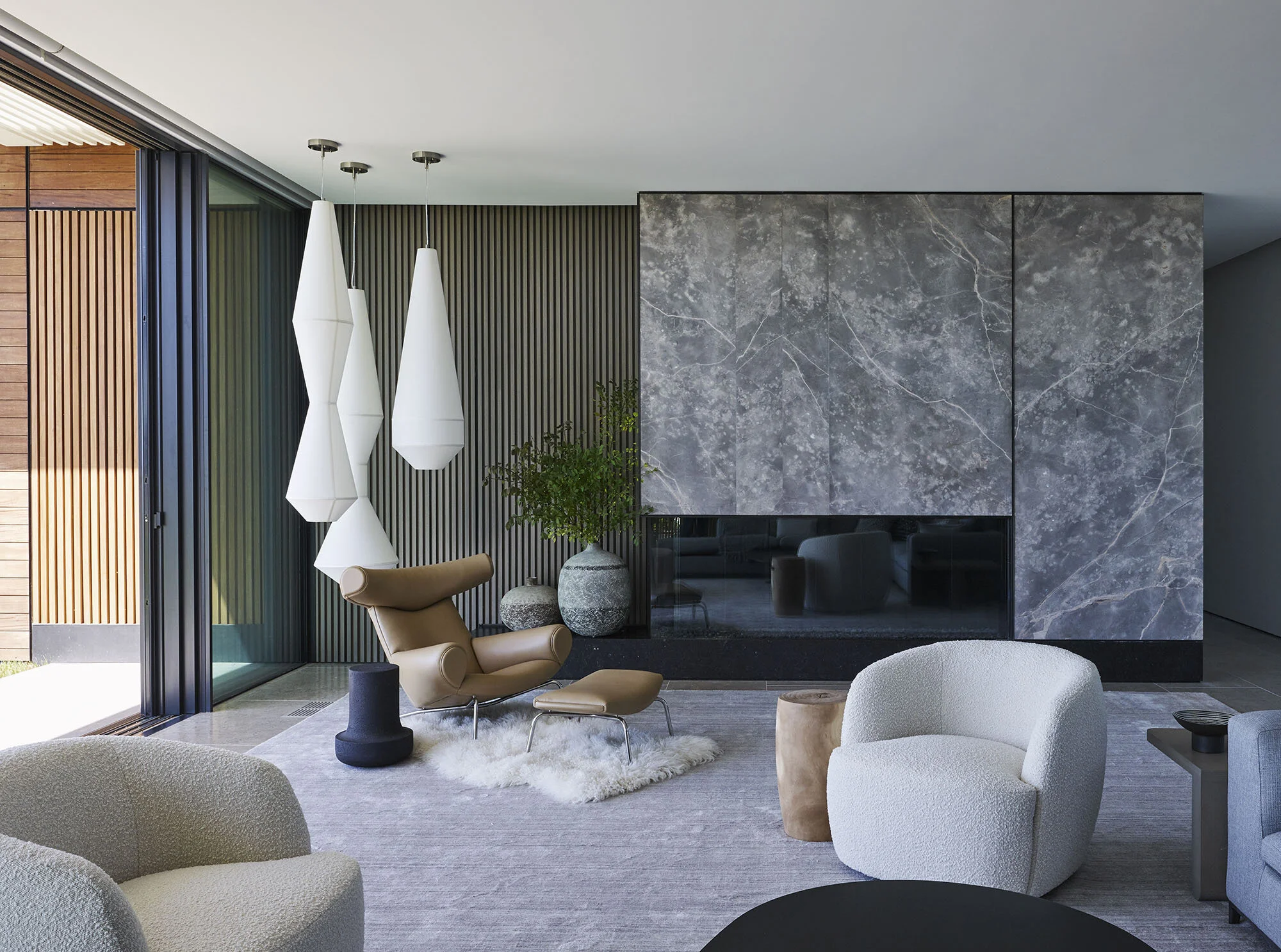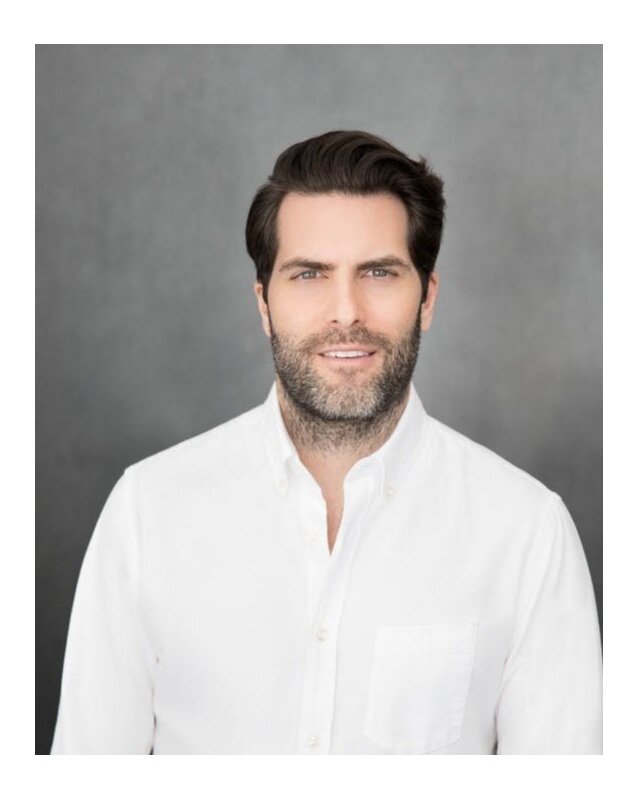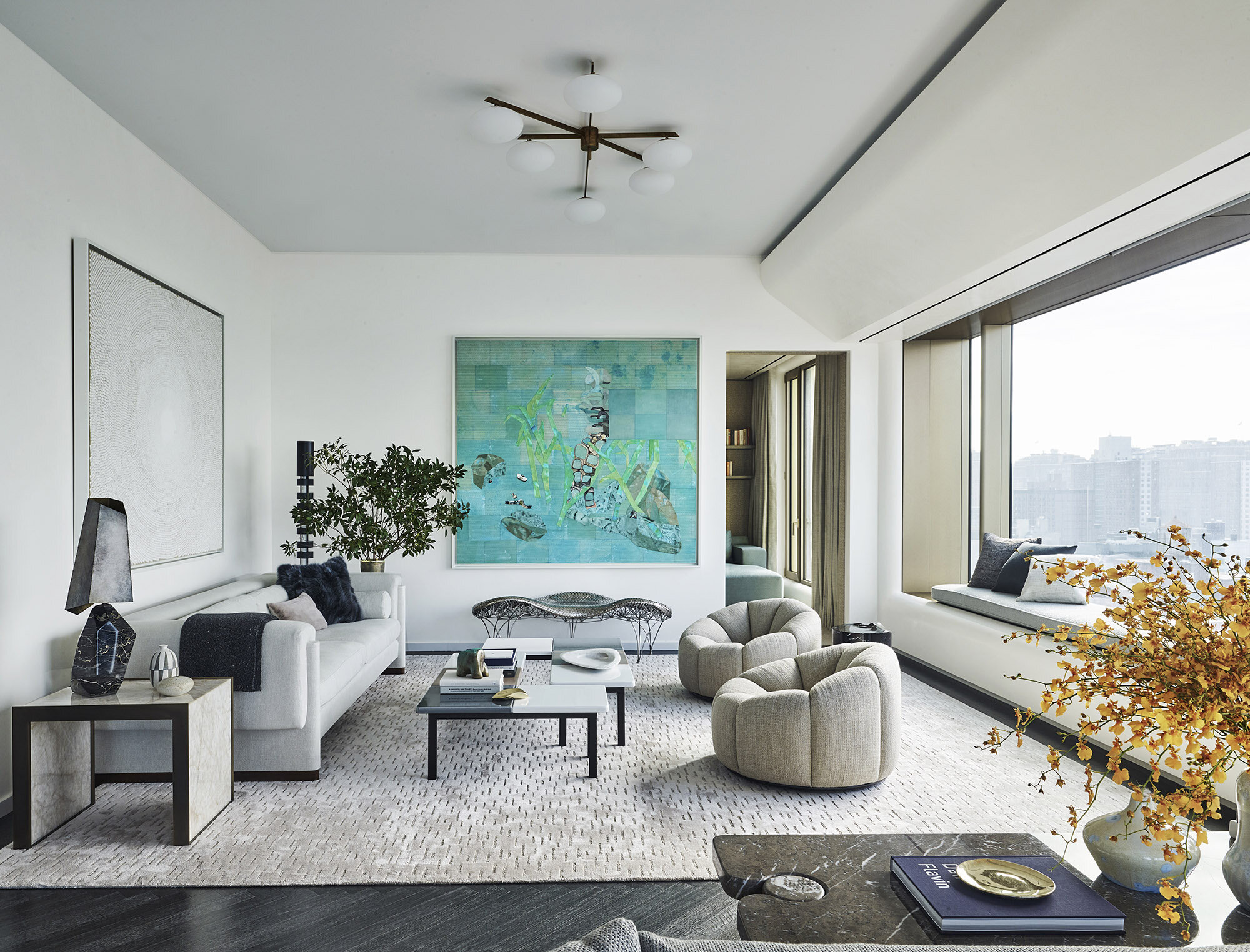The Business of Design Interview Series: Edward Yedid
Photo credit: Richard Powers posted to Studio Designer.
Original interview posted at Studio Designer YouTube Channel By Lauren Espinelli
Studio Designer CEO Keith Granet proudly leads The Business of Design Interview Series to mark the new edition of his seminal book The Business of Design. Accomplished designer Edward Yedid of GRADE New York joins us next month for an engaging discussion with Keith on Thursday, August 5th. Register here to secure your spot for this live session.
Edward Yedid credits his deep passion for art, design, and travel from a worldly childhood when his father from Lebanon and his mother from New York exposed him to international travel and culture that would prove formative for his burgeoning creative mind. Edward honed his design skills at Parsons while working in the office of Noel Jeffrey all while collecting great art and establishing relationships with artisans still used today. These experiences engendered an ambition and drive for Edward to redefine contemporary design and living in his future career.
Nearly two decades later, Edward has achieved his goals and beyond with his phenomenal design work as a founding partner at GRADE New York. He always wanted to approach design from a high-level approach and found synergy and partnership with architect Thomas Hickey to establish GRADE together. They share a like-minded approach to home design by honoring the influence of 20th century contemporary design all while forging new and modern innovations with their work.
GRADE New York’s success comes from Edward and Thomas’s shared vision that interiors should be “ordered, inviting, artful, and enduring.” They integrate architecture and interior design at the beginning of the design process for homes that are not only aesthetically glorious but also well-balanced, cohesive, and most importantly—eminently liveable.
In advance of this webinar interview, we asked Edward to share a few details about himself.
How would you describe your own design aesthetic?
GRADE’s aesthetic is modern yet sophisticated, inviting, clean, luxurious, artful and timeless—and that applies to both architecture and interior design, as well as accessories and styling. Our vision for each project is holistic and is integrated throughout.
What are your favorite sources for inspiration?
My favorite sources of inspiration are art and travel (Europe mostly), seeing the world and how people live differently, from the hotels, markets, culture, art and architecture; to visiting galleries, art fairs and attending auctions for sourcing both art and furniture. All of these inform and are a great inspiration in our design process. Our palettes, textures and materials are inspired by nature and the places we travel. Timelessness is key, but a refined sense of comfort is as well, so we also look to luxury brands and designers known for those qualities and incorporate such elevated finishes into our designs.
The Chelsea Residence. Photo credit: Richard Powers posted to Studio Designer.
How long have you used Studio Designer?
We believe since GRADE was founded in 2004!
What design project are you particularly proud of?
Our Chelsea Residence project at 551 W 21st Street, featured on the cover of our first book, New York Contemporary (The Monacelli Press).
Tell us all about your GRADE Collection of furniture.
We are developing our own custom designs as part of the growing GRADE Collection. Our furniture pieces are made by artisans, specifically for and are only available to our clients, and adhere to the GRADE design ethos: modern, elegant, timeless, clean lines, and using materials that exemplify those qualities.
Do you have other exciting news to share?
GRADE’s service offering has evolved. We offer in-house art advisory services hand in hand with our design services so our clients have the ability to work with us on curating their art collection—or even on the acquisition of one remarkable piece—while we are in the process of designing their home. We want to design a proper “home” that is unique to the art: How it’s going to be used, approached and viewed are critical to how it looks and its overall impact. Art should be designed into a space so that it resonates with the room.
But curation involves more than just art. We are designing and curating collections unique to each project that include vintage, contemporary, gallery, and antique furniture pieces. These “Collectible Design” pieces become liveable art and appreciate in value over time.



